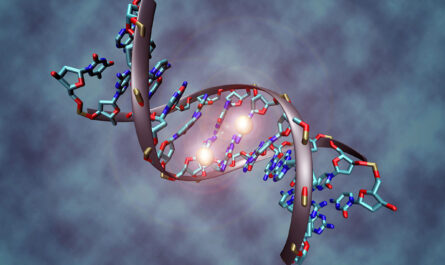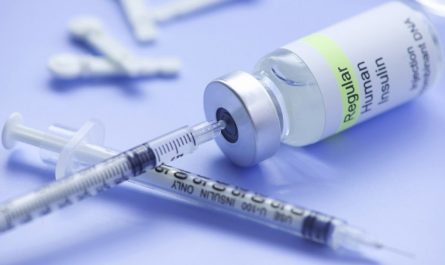Introduction
Breast cancer is one of the leading causes of cancer death in women worldwide. Early detection plays a crucial role in successful breast cancer treatment and survival. Mammography is currently considered as the most effective screening method for early detection of breast cancer. This article discusses what mammography is, how it works, benefits of screening mammography and some limitations.
What is Mammography?
Mammography is a low-dose x-ray examination of the breasts used to detect early signs of breast cancer in women who show no physical symptoms of the disease. It involves placing the breast between two plates and compressing the breast tissue to spread it out for imaging. This allows radiologists to locate small abnormalities that may not otherwise be felt.
Mammography works by using a low-dose x-ray system to produce images of the internal structure of the breasts. During a mammogram, an x-ray machine takes pictures of breasts from different angles – from above and from the sides. These images are processed and examined on a mammogram machine by a radiologist for any abnormalities. A mammogram may find lumps not seen or felt by physical exam alone and also where in the breast a lump is located.
How Mammography Screening Works
Screening mammograms are recommended as a preventive measure for women who have no symptoms of breast cancer. These involve two views of each breast – one from above and one from the side. The x-ray images are carefully examined by a radiologist for any signs of tumors that may not have been detected by a physical exam alone.
Screening mammograms can detect breast cancer up to two years before it can be felt by a woman or her doctor. According to studies, screening mammography can lower breast cancer mortality rates by at least 15% in women aged 50-69 who are screened regularly.
Benefits of Screening Mammography
– Early detection: Screening Mammography is by far the most effective method for early detection of breast cancer before physical signs develop which significantly improves treatment options and long term survival.
– Prevention of advanced disease: Regular screening allows detection when tumors are smaller and still confined to the breast making treatment less aggressive. This also results in better survival outcomes.
– Diagnosis of non-palpable tumors: Many breast cancers do not form a lump or lump is too small to feel by physical examination. Screening mammograms can detect these non-palpable tumors.
– Risk stratification: Screening mammograms along with other risk factors helps healthcare providers estimate individual risk level which determines screening and treatment frequency.
– Reduced mortality: Numerous randomized controlled trials consistently prove that screening mammography reduces breast cancer mortality by at least 15% to 30% in women aged 50-69 who are regularly screened.
Limitations of Mammography
While screening mammograms save lives when used appropriately, it is not a perfect test and has some recognized limitations:
– Exposure to radiation: Like all x-rays, mammograms expose women to a small amount of radiation which carries a very small increased risk of cancer over a woman’s lifetime. However, the radiation dose from a mammogram is relatively low.
– False positives: Screening mammograms can sometimes detect abnormalities that turn out not to be cancer upon biopsy. This leads to anxiety, additional imaging tests and unnecessary biopsies known as false positives.
– False negatives: No test is 100% accurate. In some cases mammograms may fail to detect an existing cancer which is known as a false negative. This risk increases with dense breast tissue wherein tumors can be harder to see on mammograms.
– Overdiagnosis: Screening may detect some abnormalities that would never develop into or cause symptoms from an invasive breast cancer during a woman’s lifetime. Treating these overdiagnosed cases exposes women to unnecessary risks from treatment.
– Recall rates: Even with improvements in mammography technology, recall rates for additional imaging remain relatively high around 10-12%. This adds to cost, time and patient anxiety.
Despite these shortcomings, when the risks and benefits are weighed appropriately, screening mammography remains the best modality for early detection of breast cancer in average-risk women between the ages of 40 to 75.
In summary, regular screening mammography is currently the most effective method to detect breast cancers early when treatment is most successful. While not perfect, mammography has been proven by numerous studies to significantly reduce mortality from breast cancer when used appropriately in conjunction with clinical breast exam. Early detection through screening mammography plays a crucial role in improving treatment outcomes and survival rates from breast cancer.
*Note:
1. Source: Coherent Market Insights, Public sources, Desk research
2. We have leveraged AI tools to mine information and compile it.




